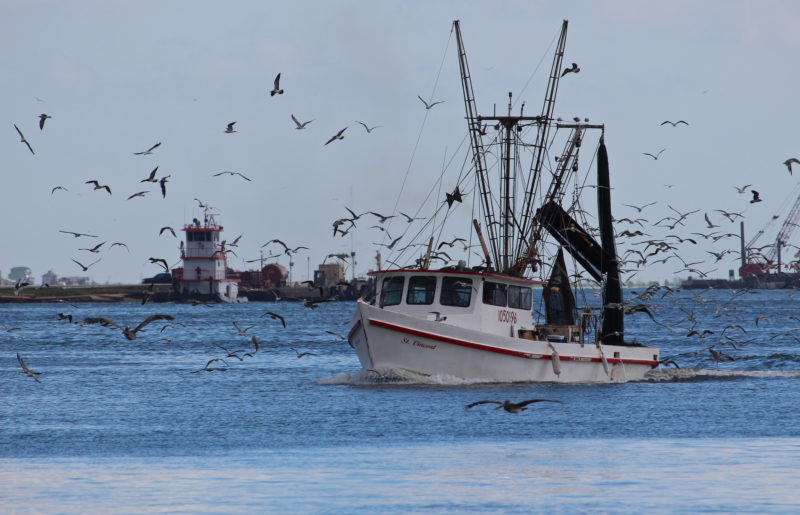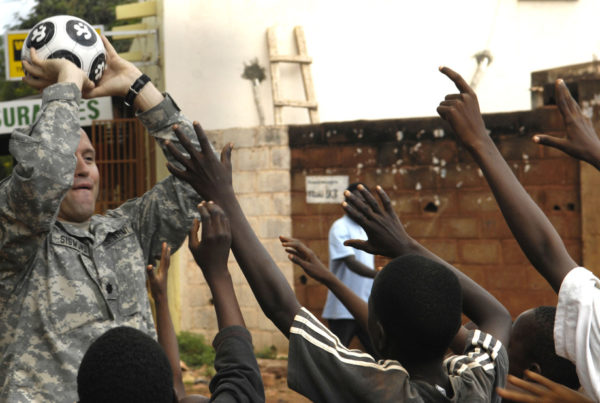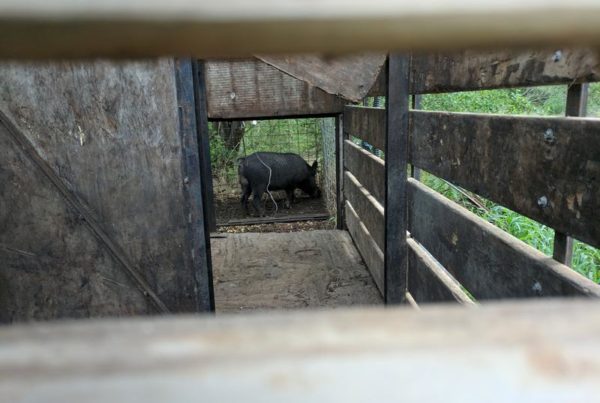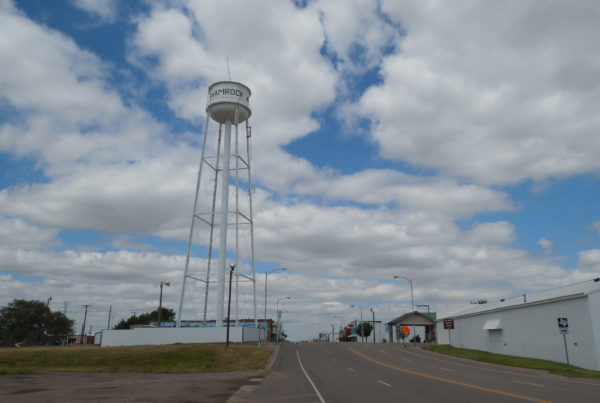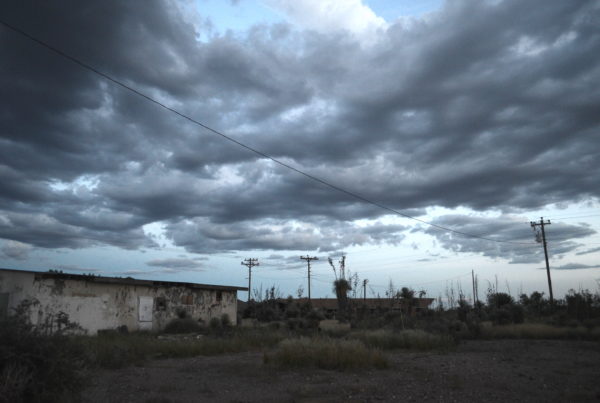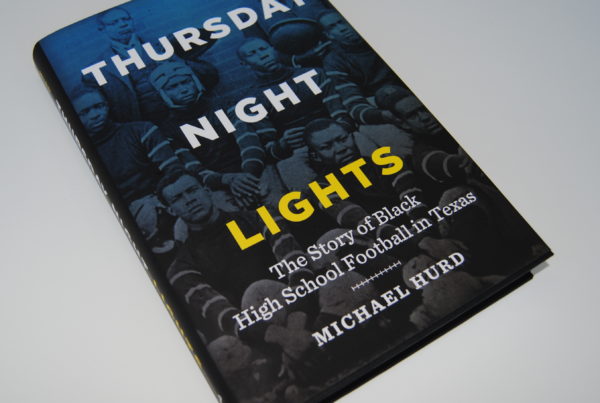The Standard’s news roundup gives you a quick hit of interesting, sometimes irreverent, and breaking news stories from all over the state.
The Texas Parks and Wildlife Department is in the process of figuring out the impact Hurricane Harvey had on commercial fishing in the state.
The agency has launched HarveyImpactTexas.com, a new website to collect data from people in the industry.
Lance Robinson, Deputy Division Director for Coastal Fisheries, says Parks and Wildlife has already identified a major area of concern.
“From the standpoint of oysters, the biggest impact is probably going to be felt in the Galveston Bay area,” Robinson says. “We certainly have seen mortalities of oyster reefs in the bay approaching 100 percent.”
He says oysters in Galveston Bay took such a big hit from Harvey because a large amount of fresh water got into that system and sat there for weeks.
Robinson explains that Harvey is especially devastating to this oyster population because Galveston Bay has taken hit after hit for almost 10 years.
“Galveston Bay historically produced 80 to 90 percent of all of the oysters harvested from the state of Texas,” he says. “That changed after Hurricane Ike back in 2008.”
After Hurricane Ike, there was the Deep Water Horizon oil spill in the Gulf of Mexico – then drought, then floods in 2015 and 2016 – all things that took a toll on typically resilient oysters.
“They have to tolerate fluctuations in salinity and temperature because they don’t move, and so they’ve developed survival strategies, if you will, to survive in those conditions,” he says. “But when you have multiple events that occur every couple of years or every year or so, that just compounds the problem.”
Oyster season starts on November 1, and 48 percent of areas classified for shellfish harvest in Texas will be closed at the beginning of the season to ensure recovery from Harvey.
African-American and Latino children face tougher barriers to success in Texas than other racial and ethnic groups, according to a new report from the Annie E. Casey Foundation.
It found that as of 2015, 31 percent of Texas fourth graders were proficient in reading – but that percentage fell further when looking at only African American and Latino students.
Kristie Tingle with the Center for Public Policy Priorities, which was involved in the report told KERA in north Texas that historically people of color have been zoned into school districts with less resources.
“They’re more likely to attend a high poverty school,” she says. “And that school may lack the resources and opportunities provided to students in low poverty schools.”
In 2015, only 22 percent of Latino fourth graders and 17 percent of African American fourth graders were proficient in reading.
You can find more details from KERA News, here.
Early voting is underway in Texas on seven amendments to the state’s constitution. Typically, just five to ten percent of registered voters cast ballots during these constitutional amendment elections.
As University of Houston professor Brandon Rottinghaus points out, there have been many changes to the state’s 141-year-old constitution.
“670 have gone before voters and 490 have been approved,” he says. “So it is a lot of proposed amendments during that time period.”
Early voting lasts through November 3. Election Day is November 7.


